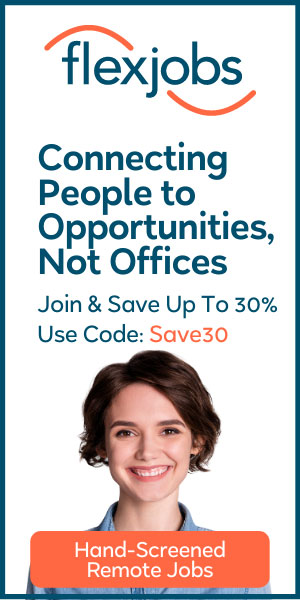
Virtual art jobs are changing the way artists work and connect with people. Technology is making it easier for artists to show their talents and reach a global audience without being limited by location.
These jobs include creating visuals for video games, designing virtual reality experiences, and making digital illustrations for marketing campaigns. They also involve developing new types of art like NFTs that change how we think about ownership and value in the art world.
Virtual art jobs offer flexibility and accessibility that many artists want.
Artists can work remotely, try out new tools, and reach people all over the world. This is creating a dynamic and connected community of creatives.
Key Benefits and Opportunities
Virtual platforms and technology have revolutionized the way artists work, breaking down geographical barriers and democratizing access to global opportunities. Artists can now exhibit their portfolios on online marketplaces, social media platforms, and digital galleries, reaching audiences worldwide without the need for physical spaces. These platforms often include tools for promoting artwork, facilitating direct sales, and connecting artists with potential clients, making the process seamless and efficient.
Collaboration has been redefined, with virtual communication tools allowing artists to work with teams or clients located anywhere in the world.
Video conferencing, shared digital workspaces, and cloud-based tools enable real-time feedback and collaborative design processes. For example, digital artists and animators can co-create through platforms like Figma or Adobe Creative Cloud, sharing progress and making adjustments in a synchronized manner.
Virtual reality (VR) and augmented reality (AR) have further expanded the creative possibilities, enabling immersive art installations that can be experienced remotely. This has opened new avenues for interactive art and allowed artists to push the boundaries of traditional formats.
NFTs (non-fungible tokens) have also emerged as a game-changer, empowering artists to monetize their digital creations through blockchain technology, ensuring authenticity and traceability.
This technological evolution ensures that artists, regardless of their physical location, can pursue creative careers, expand their networks, and innovate without being constrained by traditional geographic limitations. With the rise of online communities and platforms, artists are more empowered than ever to thrive in the virtual landscape.
Virtual Art Jobs: Revolutionizing the Way Artists Work
Technology has broken down geographical barriers, allowing artists to reach a global audience without being limited by location. These jobs involve creating visuals for video games, designing virtual reality experiences, making digital illustrations for marketing campaigns, and developing new types of art like NFTs that change how we think about ownership and value in the art world.
Flexibility and Accessibility
Virtual art jobs offer flexibility and accessibility that many artists want. Artists can work remotely, try out new tools, and reach people all over the world. This is creating a dynamic and connected community of creatives. Virtual platforms and technology have democratized access to global opportunities, enabling artists to exhibit their portfolios on online marketplaces, social media platforms, and digital galleries.
Collaboration in the Digital Age
Collaboration has been redefined with virtual communication tools allowing artists to work with teams or clients located anywhere in the world. Video conferencing, shared digital workspaces, and cloud-based tools enable real-time feedback and collaborative design processes. Virtual reality (VR) and augmented reality (AR) have further expanded creative possibilities, enabling immersive art installations that can be experienced remotely.
NFTs: Empowering Artists
NFTs have emerged as a game-changer, empowering artists to monetize their digital creations through blockchain technology, ensuring authenticity and traceability. This technological evolution ensures that artists, regardless of their physical location, can pursue creative careers, expand their networks, and innovate without being constrained by traditional geographic limitations.
The Future of the Creative Industry
The growing demand for virtual art jobs is clear, and it’s essential for artists to embrace digital tools and platforms to thrive in this evolving landscape. As technology continues to advance, the opportunities for artists will only continue to grow, making virtual art jobs a symbol of the future of the creative industry – where technology merges with artistic expression.


